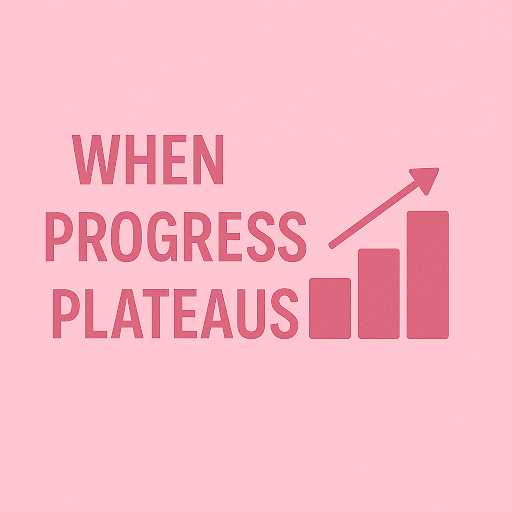What to Do When a Child Isn't Making Progress in Speech Therapy
Strategies for addressing and overcoming plateaus in speech therapy progress with practical solutions

You've updated the goals. You've tried new materials. You've adjusted your prompts, reinforcers, and session flow.
And still — progress is slow… or nonexistent.
When a child stalls in speech therapy, it can leave even seasoned SLPs wondering:
What am I missing?
Here's the good news: Hitting a plateau doesn't mean you're doing something wrong. But it does mean it's time to step back, zoom out, and troubleshoot clinically — not just emotionally.
Let's walk through how to do that.
Step 1: Reassess the Goals
Start here:
- Are the goals developmentally appropriate?
- Are they functional for the child's daily life?
- Are they too broad (e.g., "increase expressive language") or too narrow (e.g., "use irregular past tense for 'run'")?
If you wouldn't know how to collect data on a goal in session, the goal may need to shift.
✅ Try writing a micro-goal — a small, achievable step toward the bigger one — to build momentum.
Step 2: Check the Prompting Hierarchy
If you're always using the same cue and getting stuck:
- Try backing up the support level (visual → tactile)
- Try fading support faster (verbal → gestural → independent)
- Use contrastive sets (e.g., "ball" vs. "wall") for articulation
Plateaus often happen when a child is stuck between levels of support — and we haven't adjusted the bridge.
Step 3: Zoom Out to the Environment
Progress doesn't just depend on what happens in your therapy room. Ask:
- Is there carryover at home or school?
- Are classroom demands too high or too low for practice?
- Is there stress, fatigue, illness, or trauma affecting regulation?
This is especially key in school settings, where performance can change drastically across environments.
Step 4: Reevaluate Readiness
Sometimes we're targeting a skill that's just… not ready yet.
Signs of this:
- Consistent failure despite best-practice cues
- Regression or shutdown
- Emotional frustration or task refusal
In these cases, it may be time to:
- Put the target on hold
- Focus on foundational skills (e.g., joint attention, turn-taking, or phonological awareness)
- Reassess cognitive, sensory, or emotional load
Step 5: Look for a Hidden Barrier
The child may be:
- Dealing with undiagnosed ADHD or anxiety
- Experiencing language-based learning difficulties
- Masking social communication breakdowns
- Struggling with fatigue, medication effects, or processing delays
This is where your collaboration with teachers, parents, and other professionals is essential.
Step 6: Change the Measure of Success
Not all progress looks like "80% accuracy." Other valid outcomes include:
- Increased participation
- Decreased frustration
- Greater independence with supports
- More spontaneous attempts
If a child is trying more, that's progress. If they're self-correcting, even with errors — that's progress too.
Step 7: Document the Stall Clearly (and Kindly)
Whether you're at an IEP meeting or writing a private practice note, clarity matters:
"Despite consistent attendance and engagement, [Student] has not demonstrated measurable progress toward current articulation goals. Adjustments in prompting, materials, and pacing have been implemented. A shift in goals and/or assessment for underlying factors is recommended."
This protects you while showing clinical care.
Step 8: Re-Engage the Family or Teacher
Parents and teachers may assume "no news = no problem" — but if you're hitting a wall, loop them in:
- Ask if they've noticed progress outside of therapy
- Explain what you're seeing (and not seeing)
- Share options: new goals, new strategies, outside referrals, or even a therapy break
Collaborative transparency builds trust — and sometimes surfaces the missing puzzle piece.
How SLP Score Can Help You Rethink and Reframe
When you're not sure how to frame a lack of progress in your report, SLP Score helps you:
- Document what's been tried, clearly and compassionately
- Generate updated goals that reflect new baselines
- Add observations that paint a full picture — not just percentages
- Export flexible summaries that can be edited and personalized
Because sometimes, the most powerful part of a report is what you see beyond the numbers.
Progress Isn't Always Linear
But your evaluation and insight can still move a child forward. See how with SLP Score.
Start Here →